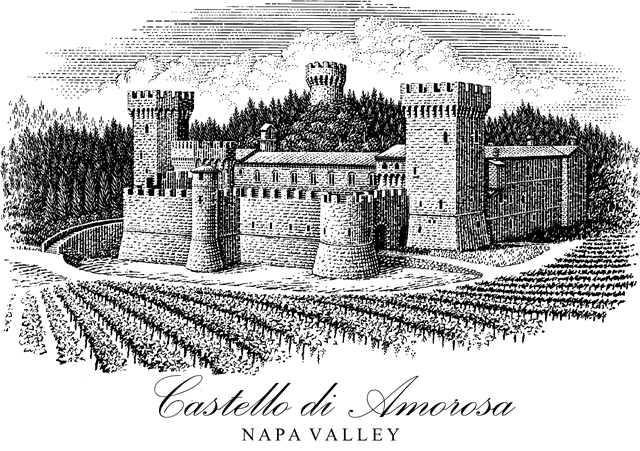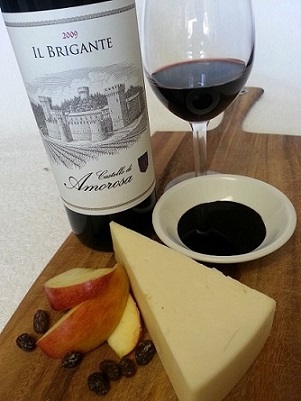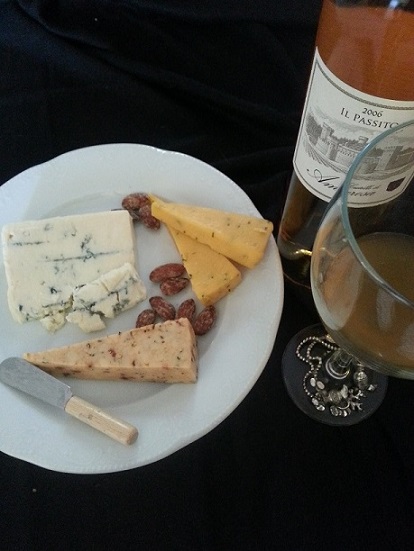
Mary Davidek
A Royal Trio: Bread, Wine and Cheese
Cheese. It seems recently I’ve been spending a lot of time thinking about it, researching it, eating it, and writing about it. What makes this bacteria-induced, mold-laden, milk by-product so delicious in so many ways? From mac and cheese to grilled cheese sandwiches to omelets to enchiladas… is there anything good cheese doesn’t make better? Okay, I realize that is a rhetorical question which does not qualify an answer. Cheese-heads know of which I speak; plain, sliced, melted, and even burnt as one of my personal favorites is baked oozing cheese crusted on the edge of a big pan of lasagna.
In a word; cheese is yummy!
Cheese is not to be relegated to an also ran or a p.s. it is not Ed Mac Mahon to Johnny. No, the cheese can stand alone. Consider this, if you serve bread and a glass of wine with cheese, you now have a meal once reserved for royalty or highly ranked officials of medieval Western Europe. They favored hard, well-aged, and slightly salty cheeses, Parmigiano-Reggiano anyone?
Perhaps it is these century-old roots at the foundation of this tasty trio’s designation as the ‘trinity of the table’; bread, wine and cheese. In fact, this mouth-watering combo has something in common aside from being absolutely delicious. Bread, wine and cheese depend on yeast and bacteria for their development. Without the changes brought about by fermentation bread would not rise, wine would be lacking alcohol and we would exist in a world devoid of cheese. Fortunately we live in a world of a cheese-lover’s Shangri-La!
This homage to fromage is not intended to be a crash-course of pairing wine and cheese, but, simply an occasion to open the proverbial windows of our palate and imagine the possibilities…
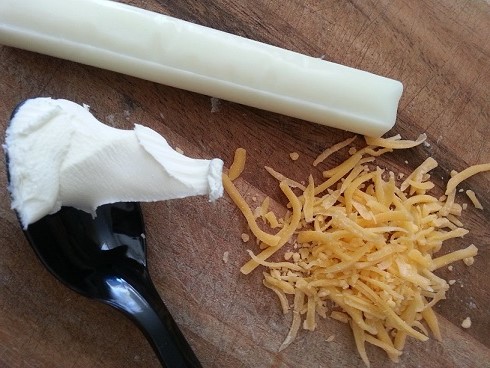
String, cream and grated–gateway cheeses which gave every American cheese-loving kid their humble beginning
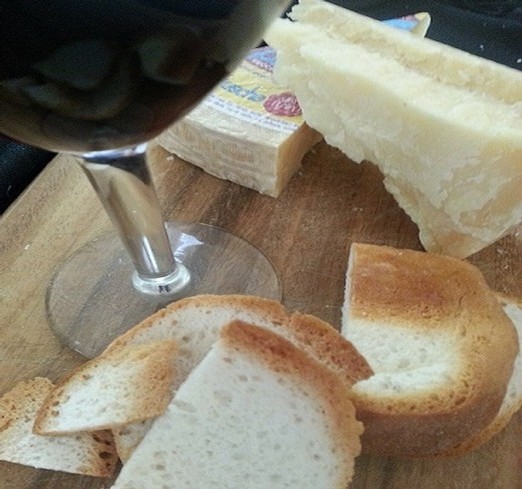
Eat like a king with this royal trio of bread, wine, and cheese. Bread? Nothing fancy, sometimes basic is all you need. Wine? Castello di Amorosa Il Brigante is just the right blend. Cheese? Piave Vecchio. Parmesan is well-suited for grating; Piave is slightly higher in milk fat which makes it a creamier option for a cheese board presentation.
Kick it up a notch. Add a reduction of balsamic to elevate this cheese pairing to a sweet and salty palate sensation.
The quintessential cheese plate typically offers a selection of 3 or more cheeses and makes use of color and texture. Combine a hard cheese and a double cream with a smoky cheddar. With the abundance of orange cheese, blue cheese and practically multicolored cheese; it is easy to add a splash of color.
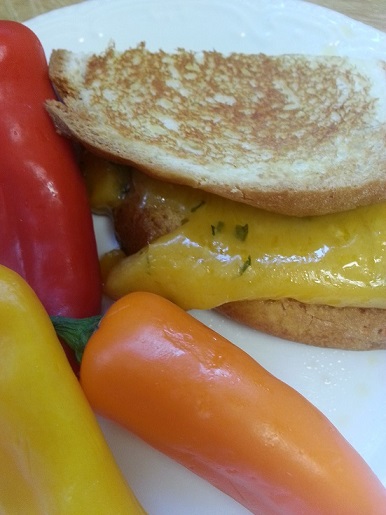
A conventional grilled cheese becomes an amazing culinary creation by using distinctive cheeses and experimenting with flavors. Pictured is Cotswold, a variation of Double Gloucester with the addition of chopped onions and chives. Cotswold is creamy, buttery, sweet and mild. Served with roasted sweet peppers- it is dangerously delicious.

La Tur is an Italian triple cream from the Piedmont region of Italy and is made from an equal mixture of cow, sheep and goat milk. Typically with double and triple creams, I prefer a bright white wine like Pinot Bianco or a Dry Gewurztraminer. Here, I served La Tur with a dollop of orange blossom honey on a fig and oat cracker. Paired with Il Passito, the crown jewel of Castello di Amorosa– this was cheese and wine nirvana!
